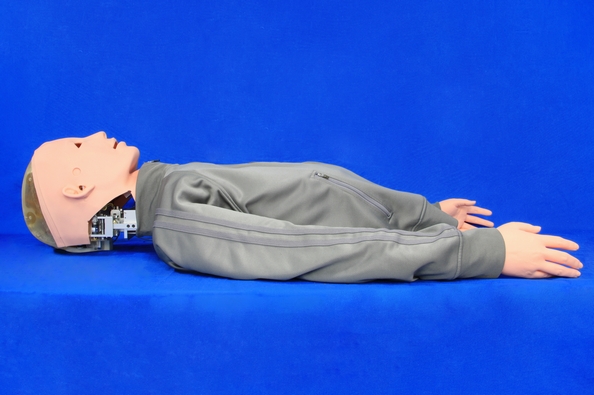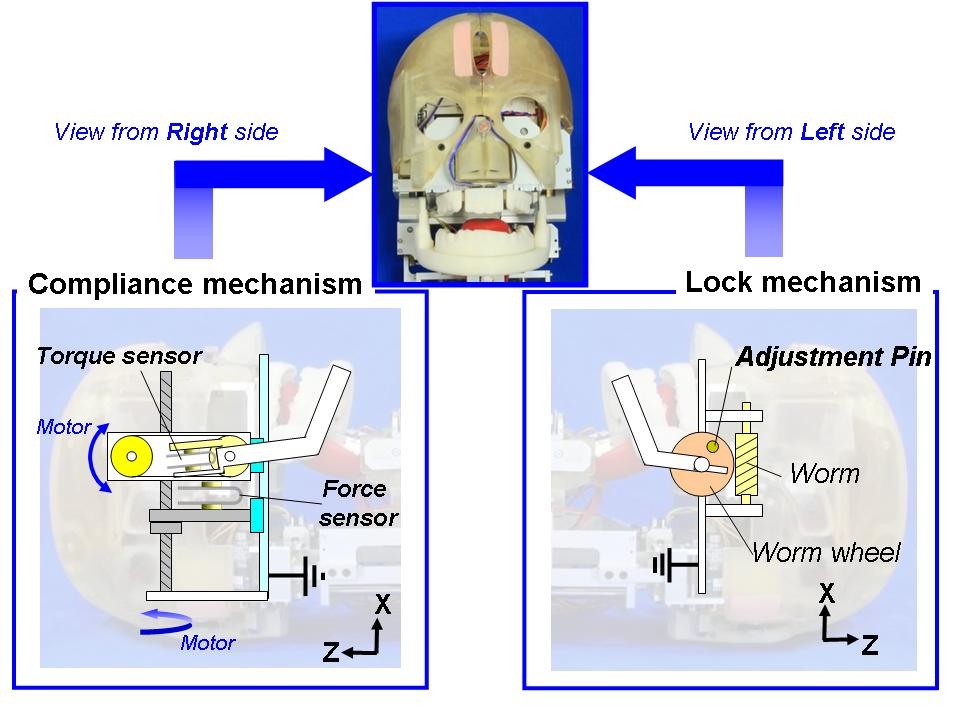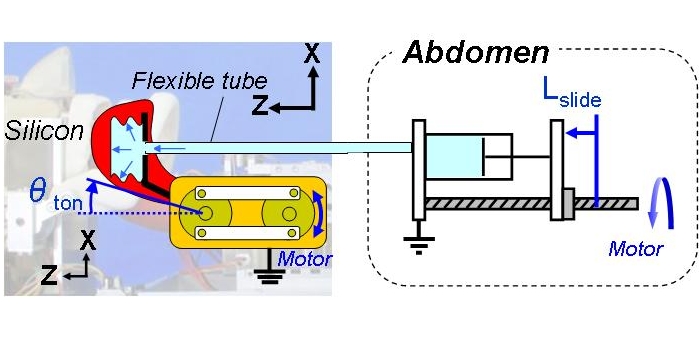
WKA-4
(Waseda Kyotokagaku Airway-No.4)
In order to provide the amount of feedback information, and assess their operation objectively,we have developed Airway Management Training System.Airway management is a basic skill that it is provided during emergency situation such as: cardiopulmonary arrest, multiple injury, unconsciousness, and general anesthesia.Many companies has developed simulators for the medical training.But these can not reproduce real-world condition of the task and only can reproduce limited patterns of the various cases and individual cases. Moreover, these are not be able to provide quantitative information of the trainee performance(Fig.1).
Therefore, in order for the trainee to practice efficiently in those cases, we propose Waseda Kyotokagaku Airway-No.4 (WKA-4) which can reproduce the various cases of difficult airway.
・High fidelity of human anatomy by installing other organs
・Enough sensors to measure various kinds of skills
・High variety of patients patterns by developing new mechanism
 Fig.1 Airway Management |
2. Human Anatomy
WKA-4(Fig.2) has enough human organs that is associated with Airway Management. Nasal cavity mechanism can reproduce deviatio septi nasi. Lung can active and passive movement of chest wall by using cam mechanism.

Fig.2 WKA-4(Waseda KyotoKagaku Airway No.4)
3. Sensor System
In order to quantify trainee's skills and controll compriance of the robot, each organ(Nasal cavity, teeth, jaw, tongue, throat) has a variety of sensors( force, torque, position).

Fig.3 WKA-4 Sensors
4. Mechanism
WKA-4 has mechanism for reproduction of patient's real-world condition. trainees can operate a variety of difficult airway condition. Especially, Jaw and tongue mechanism is described below.
4.1 Jaw Mechanism
With force and torque sensors, Jaw mechanism can reproduce the condition of muscle rigidity by virtual compriance controll. With rock mechanism of warm gear, it can reproduce the condition of abnomal jawbone.(Fig.4.1).

Fig.4.1 jaw mechanism
|
|
|
▲Go to page top
4.2 Tongue Mechanism
With degree of rotational freedom, tongue mechanism can reproduce swallowing tongue. Airpressure inflate the tongue to reproduce the condition of Edema.(Fig.4.2).

Fig.4.2 tongue mechanism
|
▲Go to page top
5. Experiment
We had WKA-4 used by doctors. See the movie below.
|
6. Future Work
In 2006, we developed Waseda Kyotokagaku Airway No.1 (WKA-1). it had many sensors to acquire quantitative information for the trainee's performance of Intubation.
In 2007, we developed Waseda Kyotokagaku Airway No.2 (WKA-2). With actuators, It was able to reproduce the various cases, individual differences for the airway difficulties and reproduce stiffness of the human's muscle for the simulating real-world conditions of the task.
In 2008, we also debveloped Waseda Kyotokagaku Airway No.3 (WKA-3) in order to fulfill the function of the WKA-1 and the WKA-2.
Finally, In order to support all the trainee's performance of airway management, we developed an integrated model, Waseda Kyotokagaku Airway No.4 (WKA-4).
In the future, we will develop a new training system which is promoted for commodification.
 Fig. 6 Research Roadmap |